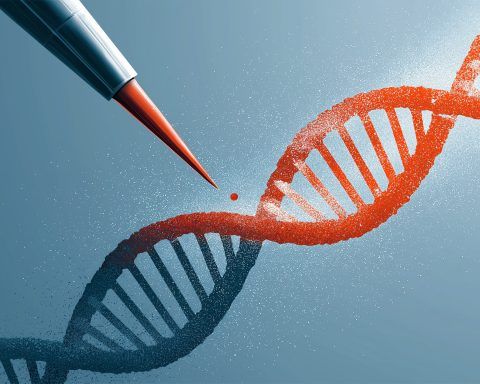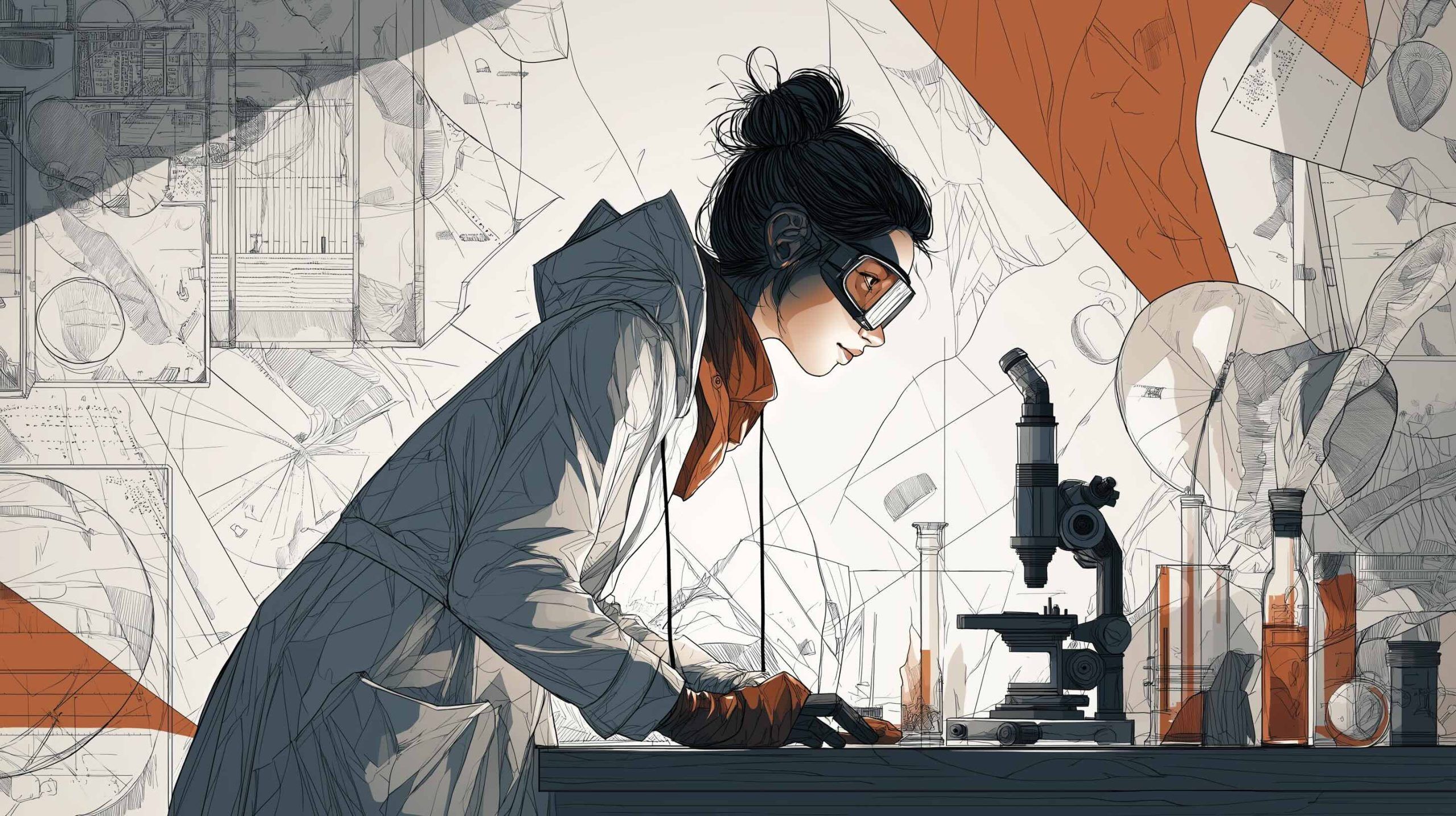
Biting Back: How CRISPR-Edited Mice Could Stop the Lyme Disease Plague
Lyme Disease on the Rise – And Why Mice Matter Lyme disease is often called a “plague” on Nantucket. The tiny Massachusetts island, famed for its beaches, has one of the nation’s highest infection rates media.mit.edu. About 15% of Nantucket’s


